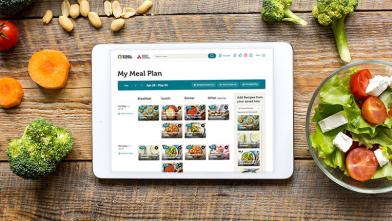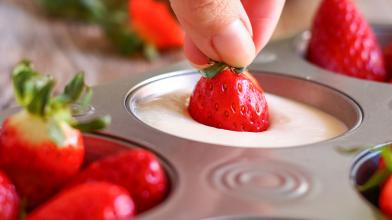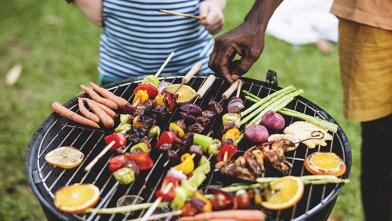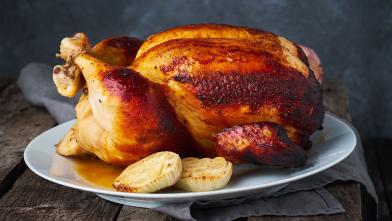Hot vs. Cold Cereals
Most cold cereals are filled with refined grains and sugars, scarce nutrients, preservatives, and lots of empty calories and carbohydrates (carbs). And you’re no doubt going to want to eat more than the suggested portion amount on the nutrition label.
Hot cereal, like oatmeal made with rolled or steel-cut oats or other whole grains, are high in fiber and have a low glycemic index (GI). This means that these carbs are digested and absorbed more slowly, thus they create a smaller incremental rise and fall in blood glucose (blood sugar).
For those who are trying to better manage their diabetes, this can be a good thing. It improves energy levels, helps better manage our diabetes and weight, and lowers the risk of heart disease. Refined grains, like those found in corn flakes, puffed rice, and even bran flakes and instant oatmeal, are low in fiber and have a high GI and may cause substantial fluctuations in blood glucose levels.
The Best Breakfast Cereal Choice for Those with Diabetes
The best breakfast cereal you can eat is made up of whole grains that include oatmeal, barley, brown rice, wild rice, buckwheat, millet, or rye. Enjoy them individually or blended. Some companies sell hot cereal mixes that include five or more grain blends. They’re rich in fiber and are low GI carbs.
How to Make Hot Cereal
Think you don’t have time to make hot cereal? It takes about eight minutes on the stove to cook. But if you are in a hurry, you can cut the time by microwaving these cereals instead. Another option is to prep a large batch ahead of time. When you are ready to eat it, stir a small bit of water into the cereal to loosen it up and then pop it the microwave until warm.
Pre-packaged instant microwaveable options are available at grocery stores as well. However, be mindful of picking out flavored ones as they have often have many added sugars.
You can get creative with trying new flavors of hot cereal by adding spices like cinnamon or cardamom—or go savory with your favorite herbs. Or try a healthy whole grain breakfast bowl. Start with your cooked cereal, then top it with a dollop of unsweetened Greek yogurt, a few blueberries, and a tablespoon of toasted unsalted almonds or walnuts. Add more fiber with ground flaxseed meal or chia seeds. A hearty breakfast of hot cereal will easily take you to lunch without hunger pangs.
Cold Cereal Options
If you absolutely must have cold cereal, stick with whole grains and carefully read nutrition labels. You want the ingredients list to have whole grains first. Don’t be fooled by a list starting with “wheat flour,” “multigrain,” or some other ingredient. Choose something else if it contains more than 5 grams of added sugar per serving and watch out for preservatives.
Diabetes-friendly hot cereal recipes to try:
Ready to start eating more hot cereal for breakfast? Give these recipes a try!














